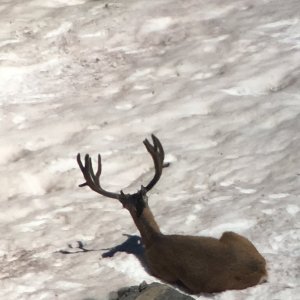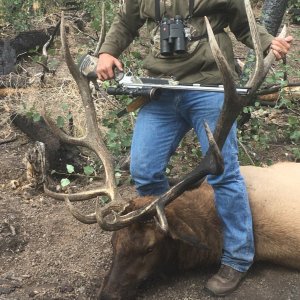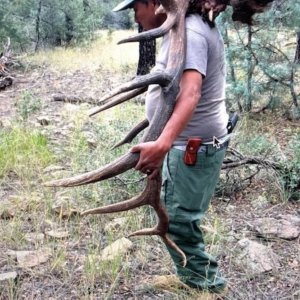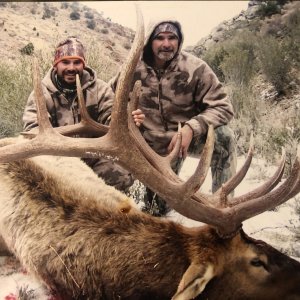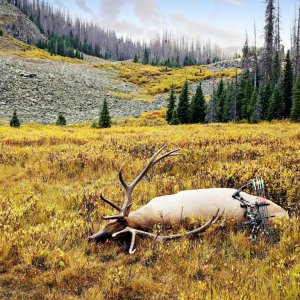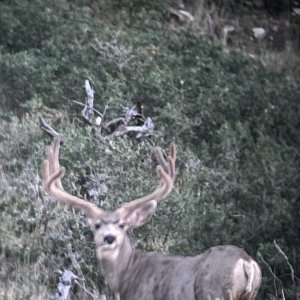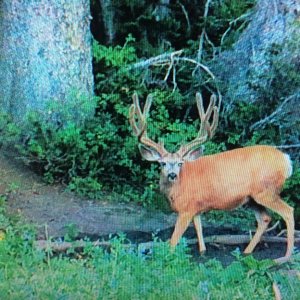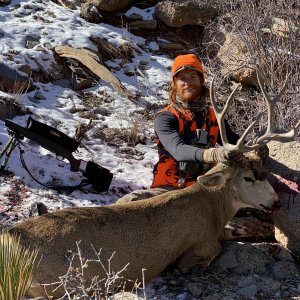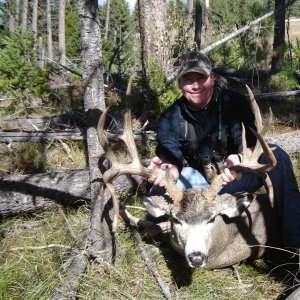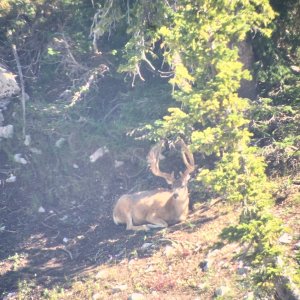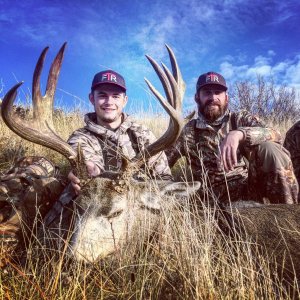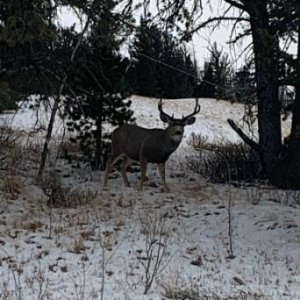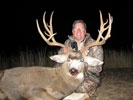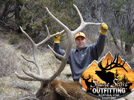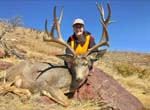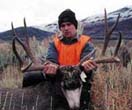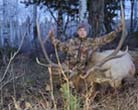LAST EDITED ON Feb-28-12 AT 11:27PM (MST)[p]
LAST EDITED ON Feb-28-12 AT 11:21?PM (MST)
>
LAST EDITED ON Feb-27-12
>AT 01:08?AM (MST)
>
>ridge,
>Intresting that those guys will come
>on and acknowledge that those
>units have issues, yet the
>UWC recommends them for lower
>buck doe ratio???
>
>Your story is the same as
>many I have heard regarding
>the units that other hunters
>spend lots of time on.
> Yet groups like the
>UWC and for that matter
>the SFW feel the need
>to make recommendations on all
>the units! I firmly
>believe we need to have
>more groups like the The
>Friends of the Paunsagaunt that
>truly spend time on the
>units and have an understanding
>of the deer herd status
>and its needs. Groups that
>could help count and classify,
>monitor road kill, predation, and
>winter kill. Include the
>biologist with these groups, Im
>sure they would love the
>help and input. But
>once a biologist puts a
>number out there then the
>DWR should stick to that
>number regarless of what it
>does to tags sells in
>that unit. If this
>actually happened I think it
>would solve many issues.
>
>Cutting harvest does not do damage
>to the deer herd!
>Over harvest can and will
>cause damage to any deer
>herd, let alone a struggling
>deer herd! The line
>must be drawn somewhere and
>I say 293,000 is way
>below the line!!!
>
>And yes I know bucks don't
>have fawns, but I think
>they do play a role
>in that whole situation.
>
>ridge I think you get the
>big picture. I truly
>hope that the units you
>love to hunt will return
>to what they once where
>or better. It can
>be done with proper managment.
>
What makes you think SFW or UWC doesn't have members and input from all of the units? That being the case, isn't that a valid reason to give statewide input?
And, there are several units that are below 15-17 or 18-20 that UWC recommended for these numbers, thus creating reason to cut more tags in below objective units.
Here's a question 73:
The west desert (Unit 19 sub-unit) has a 3 year buck to doe average of 9/100, which is the lowest 3 year average of any unit by 4 bucks, yet the 3 year fawn to doe recruitment average is 70/100, which is the 10th highest F/D ratio of the 30 units. They will be cutting tags drastically in this unit even if the it is managed for a 15-17/100 objective.Guess what? With a relatively high fawn recruitment and a low tag allocation, the buck population will grow.
On the flip side, the 3 year buck to doe average on Anthro is 27/100 and the fawn recruitment 3 year average is 57. Where does this fit in with the mantra you are pitching?
How about the SW desert? 28/100 3 year buck to doe average, yet the the 3 year fawn to doe average is a measly 47/100.
Even your own Cache unit, 16/100 3 year buck to doe average. Low fawn recruitment, right? Nope, second highest 3 year average in the state at 78/100.
Something doesn't add up, but I am open to new information.
http://unitedwildlifecooperative.org

